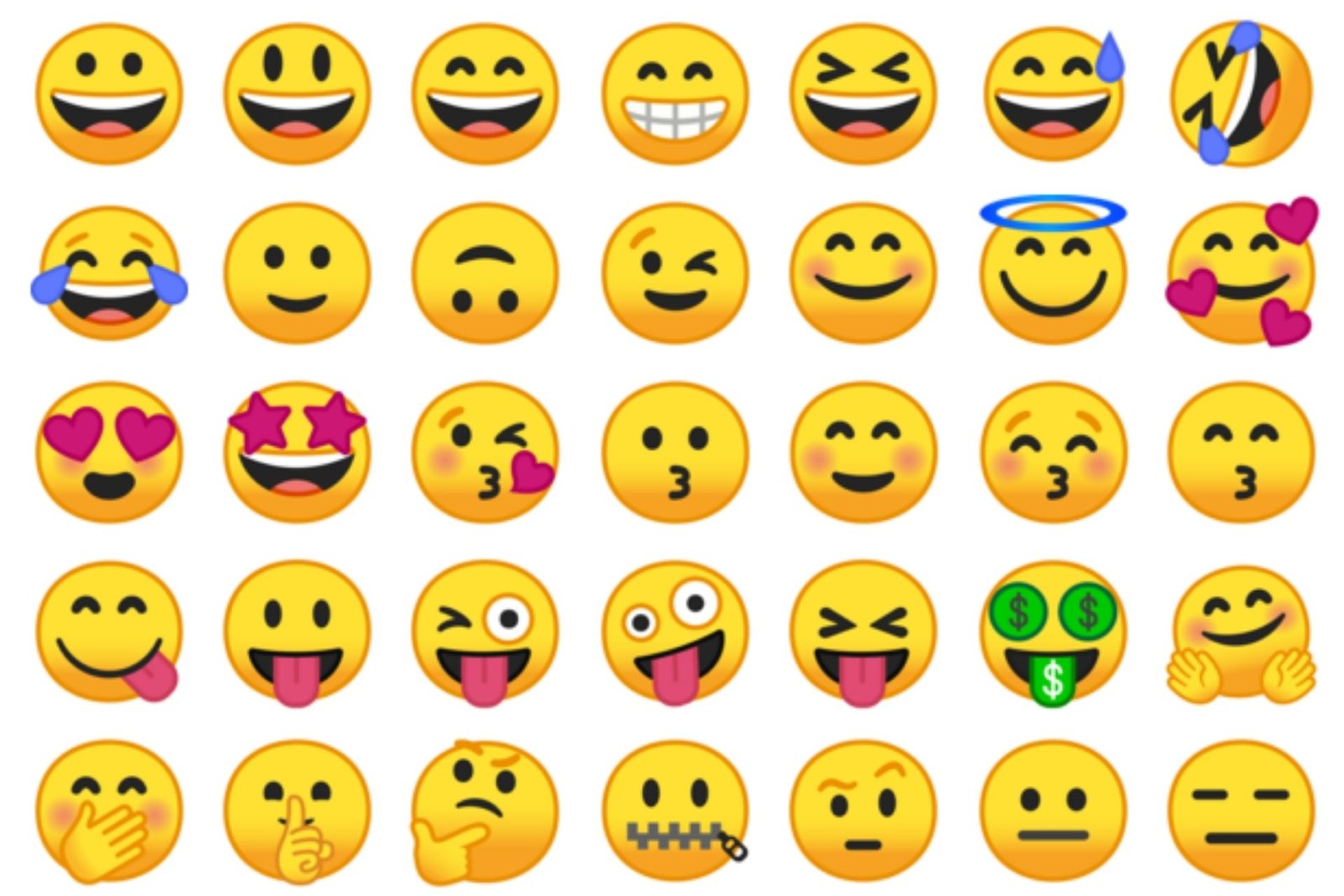Over the years, Emojis have become a communication mode. People use emojis to express their feelings, reactions, or things that they cannot express in words or communicate them.
Those who find typing messages are fatiguing to communicate with emojis. Indeed, on digital platforms like Instagram, whatsApp, Facebook and TWitter, Emojis has simplified our communication a bit.
People around the globe are celebrating World Emoji Day every year on the 17th of July. The main goal of the day is to promote the use of emojis in our talks.
The Unicode Consortium publishes and endorses a list of emojis every year. Upon approval and emojis publication, mobile operating systems such as Android or iOS will be introduced on their respective platforms.
A consortium of Unicode has a number of members that vote and present their opinions on the emojis who are approved. Netflix, Apple, Facebook, Google and Tinder are the members, to name a few.
HISTORY: In 1999 an engineer worked for a Japanese mobile company and the first emoji was established. For the release of an integrated mobile service i-mode Shigetaka Kurita created 176 emojis.
Unicode later finally standardised emoji use in 2010. Then global brands such as Google, Microsoft, Facebook and Twitter began to develop Unicode 6.0 is the most important emoji release to date.
It included emoticons of families, hearts, animals, country, flags, clothing, clocks, foods, and the images of the city, consisting of 994 characters.
SIGNIFICANCE:: In 2014, Jeremy Burge, the founder of Emojipedia, announced 17 July as World Emoji Day. The ‘calendar’ emoji depicts the date as its image, another reason for celebrating this day on July 17.. Last year’s
EMOJIS: In the past year over 110 new emojis were added to the Unicode Consortium in Emoji 13.0, including tear-smiling face, Transgender Flag, Bubble Tea, and parents for filling bottles.
The popularity of emoji fe are known to all the global payors including Apple.










































